|
The meeting with Andy Grove, former CEO of Intel, took place during a breakfast meeting with the foreign press I’d helped set up in the Hotel Okura in Tokyo. I was just getting started as a full-time tech writer and was putting out a weekly column called Computer Corner for the Japan Times. This must have been in the late 1980s.
0 Comments
Sales of drones—or unmanned aerial vehicles (UAVs), as people in the industry like to call them—are soaring. Forecasts by market annalists vary, but all are bullish. A 2015 estimate by the Teal Group in Fairfax, Virginia, has the value of global UAV production rising from $4 billion annually to $14 billion in 2025. Kick in R&D, procurement and software development and you are looking at a business ballooning towards $100 billion in accumulated revenues over the next decade. Muon Detectors, Robots, 7,000 Humans All Working To Decommission Fukushima Daiichi Nuclear Plant27/3/2016 The tsunami that came roaring in five years ago today to smash Japan’s northeast coast did far more damage than the magnitude 9 earthquake that set it in motion. The wall of water also knocked out the power and backup systems of Tokyo Electric Power Company’s (TEPCO) Fukushima Daiichi Nuclear Plant and triggered the second worst nuclear accident in history—the worst being Chernobyl, the third, Three Mile Island. On the eve of the fifth anniversary of the Great East Japan Earthquake, Tokyo Electric Power Co. (TEPCO) finds itself metaphorically treading water at the crippled Fukushima Daiichi Nuclear Power Plant (see blog post below) as it continues to inject cooling water into the three damaged reactors on a 24/7 basis. At the same time, it is dealing with the contaminated drainage from the reactors that mixes with incoming groundwater by partly cleansing it of most contaminants and storing it in huge steel tanks.
March 11, 2011 is a day most of us living in Japan at the time will remember for the rest of our lives.
At 2.46 p.m. a magnitude-9 earthquake struck 72km (45 miles) off the northeast coast of Japan, causing local damage as well as high-rise buildings 770km from the epicenter down in Osaka to sway for minutes. But the real destruction occurred an hour later when a tsunami came roaring in and devastated much of the coastline, sweeping inland as far as 10km and reaching a run-up height of 39 meters (128 feet) in some areas. An antenna made out of seawater? At first glance, it may seem on the level of an engineer’s idea of a parlor trick, but Mitsubishi Electric believes its SeaAerial Antenna has a future both on sea and land as a simple-to-set-up mobile antenna. Scandal-muddied Toshiba Corporation recently announced it was terminating its long-time relationship with Ernst & Young ShinNihon, its rubber-stamping auditor and will hire PricewatherhouseCoopers Arata to replace it. What's going on here? That's the question I asked myself when I stepped into a darkened room midway through a Mitsubishi Electric live demonstration of a new technology it’s calling Aerial Display. A woman appeared to be balancing a large, hovering, spectral cube on her palm. But then she stepped away and the cube remained hovering in space. She pushed her hand into it and was able to walk through it, yet the cube continued its floating act. A holograph, maybe? Not quite. Rather, Mitsubishi has come up with a relatively simple system to manipulate light to create images in the air. The figure to be generated is first displayed on an LCD screen. The display is concealed so as not to spoil the illusion. Light from the screen is directed to a beam splitter, from which the resultant individual beams are transmitted to a retroreflector—an optical device used to bounce back the light in the direction and angle it came from. The set up is carefully arranged so that a concentration of these bouncing light beams converges, as if by magic, to recreate in the air the image on the display. In the demonstration I saw, the floating cube measured 35in wide by 44in high (88cm by 112cm). To help users of the technology line up the elements properly, the system employs an optical simulation program that lays out where the element should be placed in relation to each another to produce the optimum effect. There's a little more to all this than meets the eye. Literally. Because those of us who do not live in haunted houses are unused to viewing hovering ghostly images in open spaces, the system has to provide us with some assistance. In the demonstration, two projectors were used to display darker guide images on either side of the main image to give the eye—or rather the brain—some needed context. This addition doubled the overall length of space required to create the floating image to over 6 feet (2 meters), though Mitsubishi says different kinds of visual cues are possible, such as physical signs, walls or a mannequin pointing to the image. The image demonstrated was simple and required a darkened area to make a visual impact, so clearly a lot more development work is necessary before the Aerial Display will be good enough to debut commercially. The digital signage business (a high-tech subset of the advertising industry) is an obvious market. According to market researcher ABIrearch, global revenues for this thriving industry are forecast to grow to $4.5 billion this year, up from $1.3 billion in 2010. Another interesting application Mitsubishi is considering (inspired by Bat Man, no doubt) is displaying large images above a stadium or open-air concert, for instance. A Mitsubishi engineer was confident enough to declare the technology would be ready in time for the Tokyo Olympics in 2020. If that’s the case, you might just get to see it in action on TV should it be used during and above the Opening Ceremony! This first appared on my Forbes blog site :http://www.forbes.com/sites/jboyd |
AuthorI cover the sci-tech-biz scene in Japan as well as current events. Contact me if you would like similar articles published on your site. Archives
April 2016
Categories |

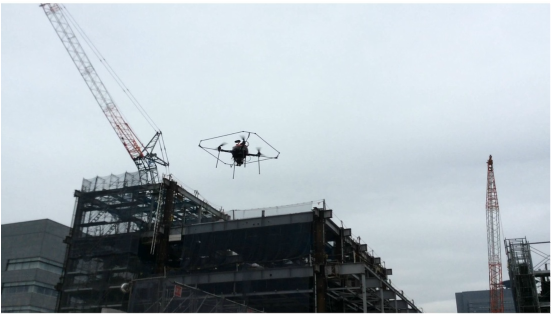
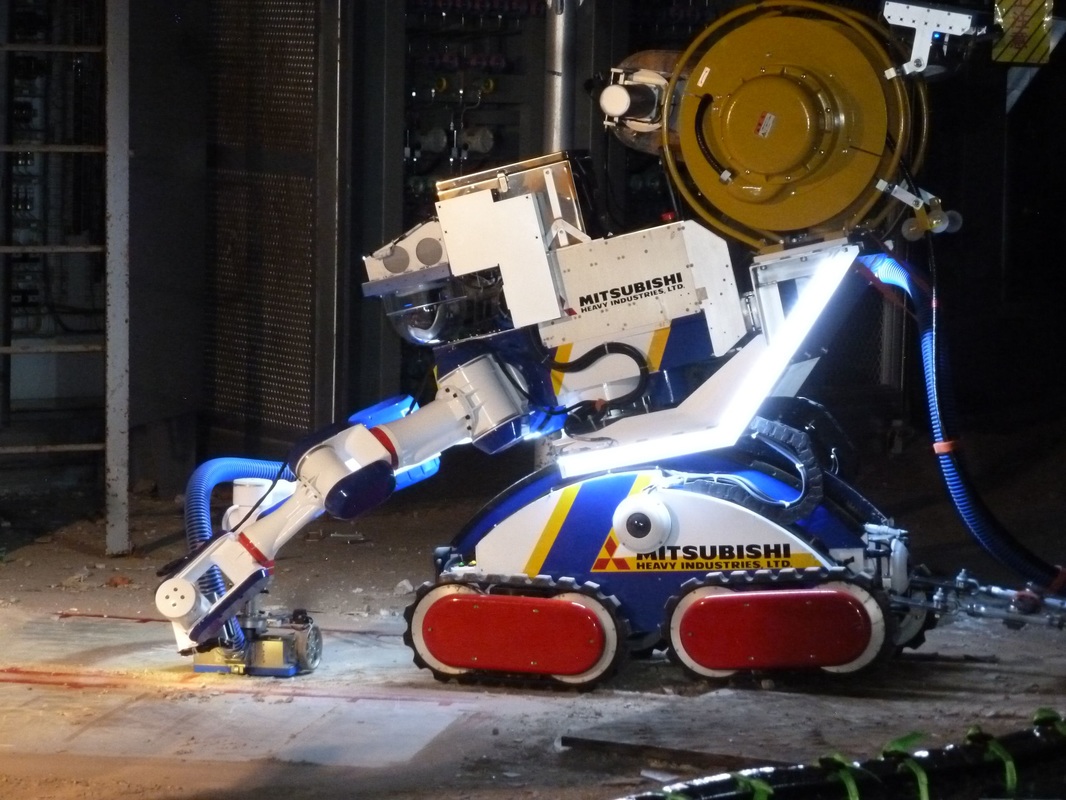
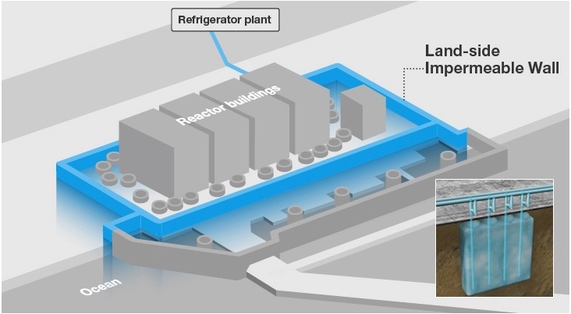
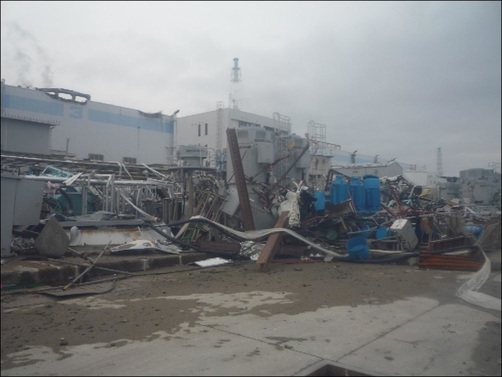
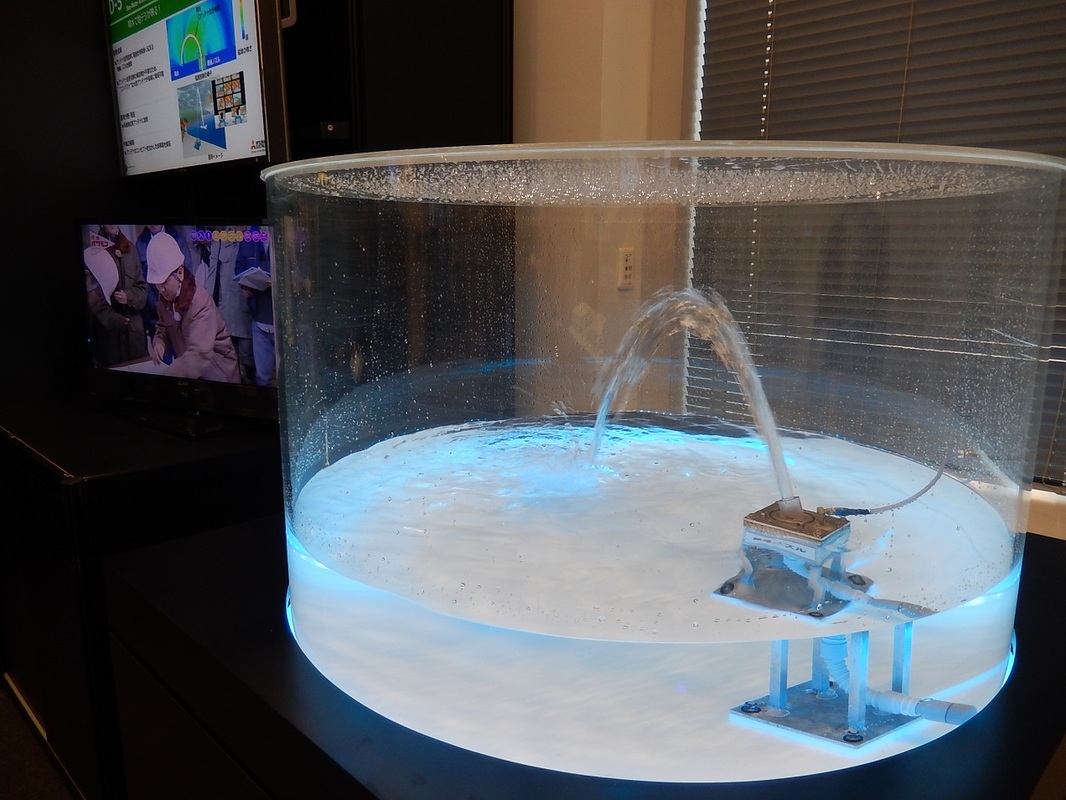
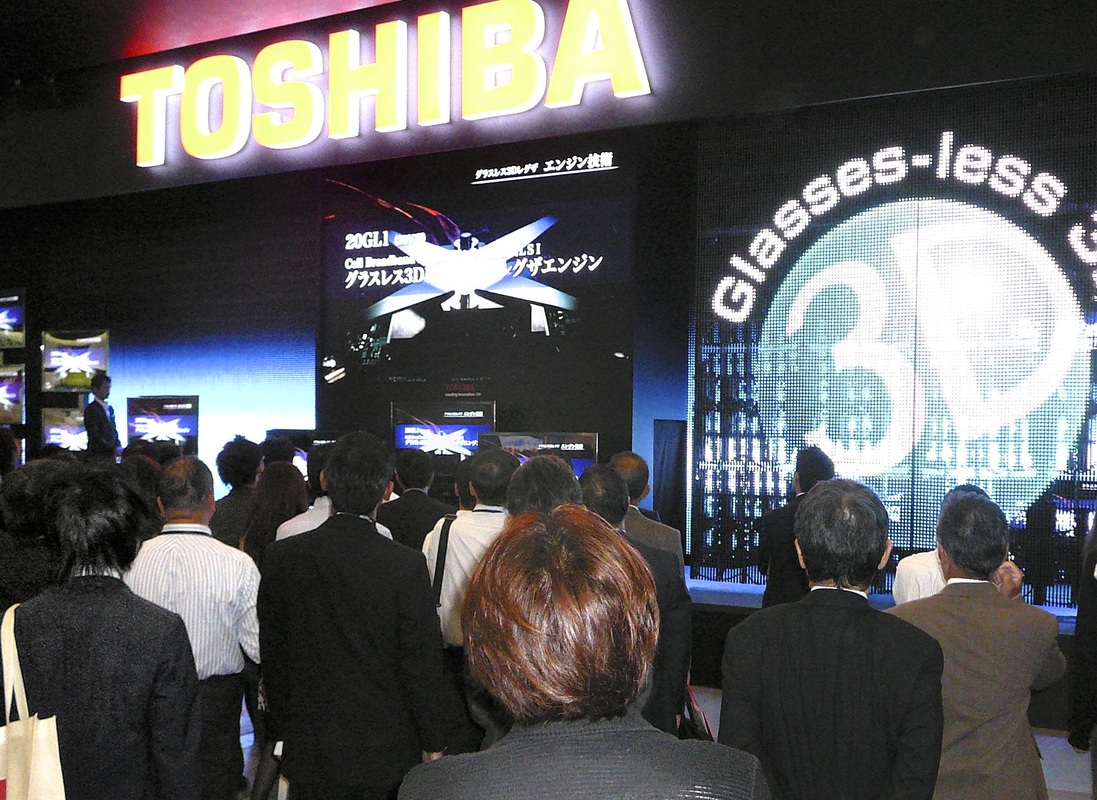
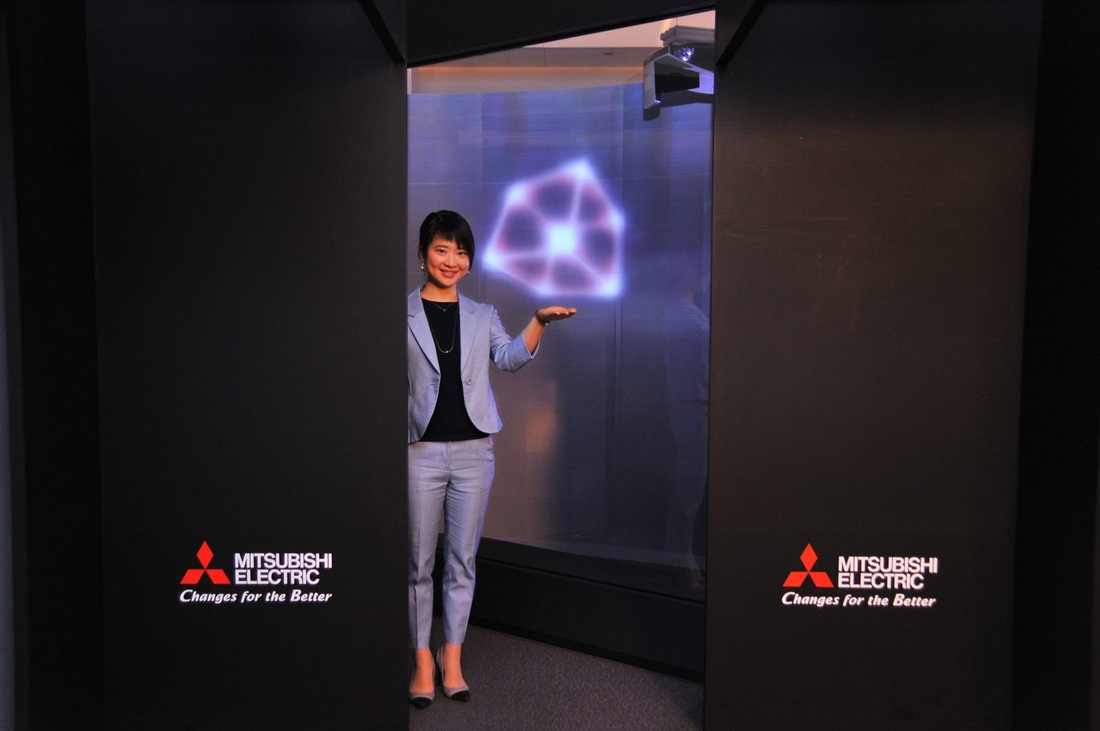
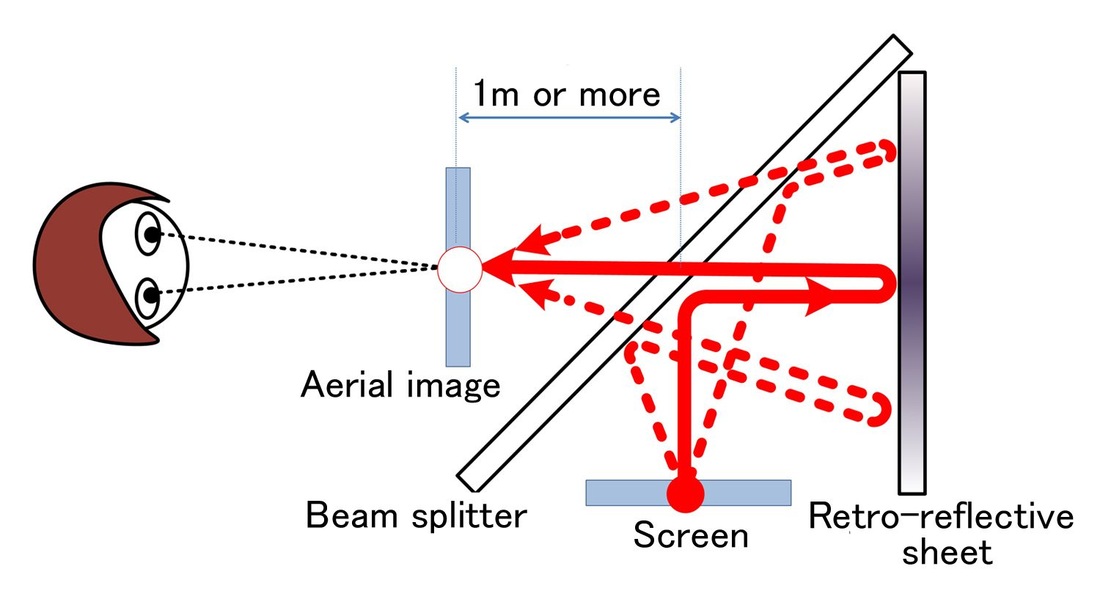
 RSS Feed
RSS Feed
